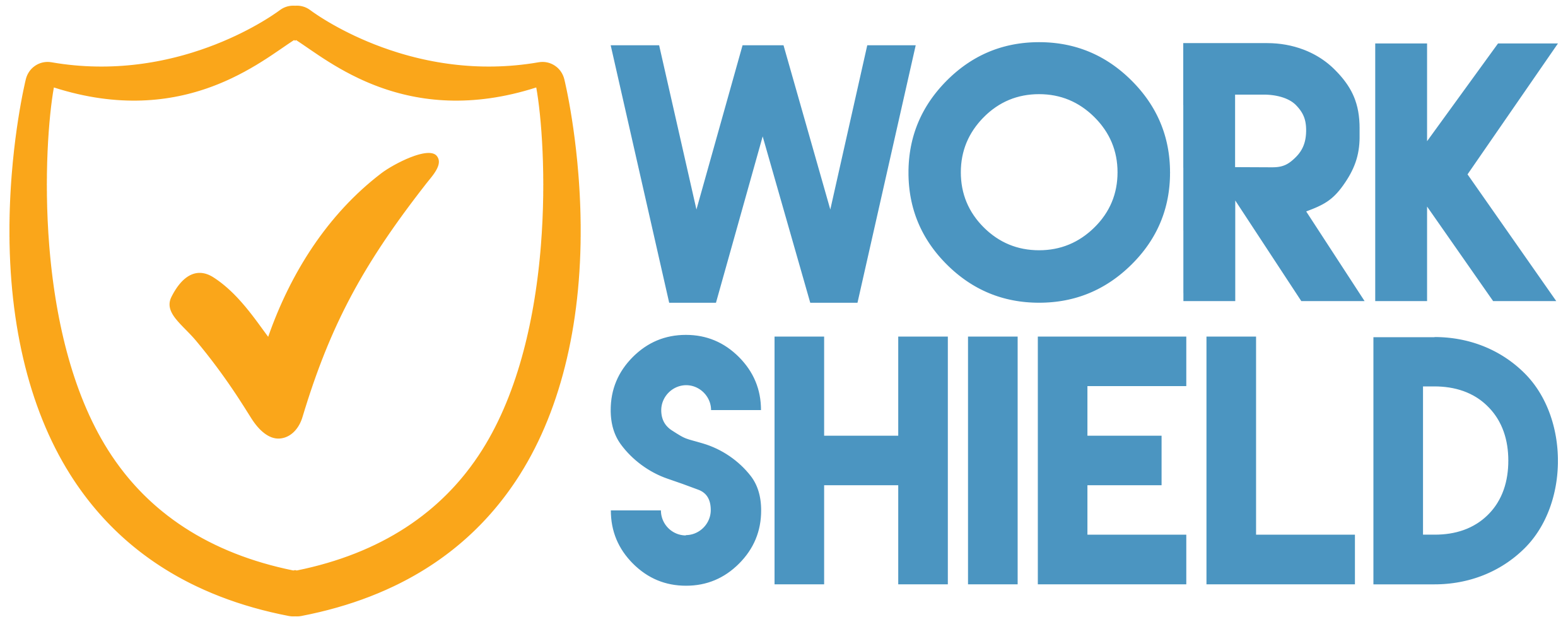Women make up more than 50% of the United States population and around half of the U.S. labor force, yet gender discrimination is alive in the workplace, and barriers still exist for women in 2021. In honor of Women’s Equality Day, we’re taking a closer look into the factors that attribute to gender discrimination, why it still exists and the importance of promoting inclusion and equity for women in the workplace.
The gender pay gap is a key factor in discrimination against women in the workforce. Women are still being paid less than men even without an attributable reason, and this gap grows wider for women of color, those at higher job levels and women in certain industries. According to the most recent Bureau of Labor Statistics data, women earn 82 cents for every dollar a man earns. The gap has decreased over the years, as women in 1973 made 57 cents per dollar earned by men, yet we still have a long way to go in closing the pay gap. Data shows that women earn less than men in nearly all occupations, including the male-dominated and female-dominated fields. There are only a handful of jobs where women’s earnings were marginally more.
The Covid-19 pandemic has disproportionately affected women in the workplace, stalling movement toward closing the pay gap. During the pandemic, women have lost nearly 1 million more jobs than men due to unemployment and childcare demands as a result of school closures. Still, prior to the pandemic, women took on the majority of caregiving responsibilities in the home, and women who worked part-time doubled that of men in part-time positions.
Women experience workplace discrimination beyond the pay gap, including sexual harassment. More than 6,500 sexual harassment claims were filed with the EEOC in 2020, and a recent survey shows that 40 percent of females have experienced sexual harassment in the workplace as compared to 14 percent of men.
In honor of Women’s Equality Day, and every day, it’s imperative for employers to prioritize gender equality within their organization’s culture. Members of the Forbes Coaches Council recommend recruiting for gender diversity, encouraging development regardless of gender, conducting a full salary review, and creating ongoing training on unconscious bias.
It’s important for organizations to implement clear policies and resources for workplace discrimination and to proactively evaluate salary and benefit packages to ensure there are zero gaps in compensation that can’t be readily explained. Gender discrimination and inequality is a serious issue in the workplace, and Work Shield offers third-party reporting capabilities to ensure that all employees voices are heard, without fear of retaliation. To learn more about Work Shield’s solution to combat discrimination in the workplace, contact us here.
About Jennifer PopeJennifer is the Co-Founder of Work Shield, the only start-to-finish workplace harassment and discrimination reporting, investigation and resolution solution that protects employees, employers and cultures at the same time. Jennifer’s background as an attorney fueled her desire to help others. She leverages her experiences from Hewitt Associates, Thompson & Knight, and SMU’s Dedman School of Law to help employers shift the paradigm related to workplace harassment to ensure that everyone has a voice.
Connect with Jennifer on LinkedIn.





